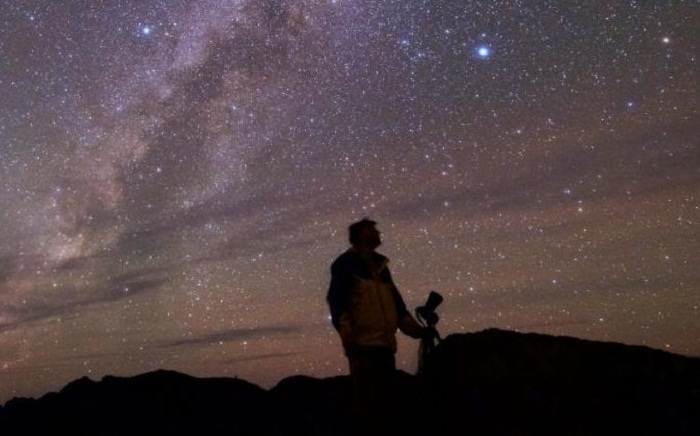Star explosion expected to create spectacular light show in 2022

"It`s a one-in-a-million chance that you can predict an explosion" of a star, Larry Molnar, an astronomy professor at Calvin College who predicted the timing of the binary collision, said in a statement from the college. "It`s never been done before."
Molnar has been studying this binary star system since 2013 with the help of astronomy students at Calvin College. Based on their observations of the color and brightness of one of the two stars, the researchers determined that KIC 9832227 is part of a contact binary system, which means the two stars share an atmosphere.
What`s more, observations show that the star`s orbital period with its partner is getting shorter — similar to the way another contact binary star, named V1309 Scorpii, behaved before it exploded in 2008, according to the statement. Molnar predicts that the stars will merge and create an explosion in 2022, "give or take a year," according to the statement.
"Bottom line is, we really think our merging-star hypothesis should be taken seriously right now, and we should be using the next few years to study this intensely so that if it does blow up, we will know what led to that explosion ," Molnar said in the statement.
Molnar and his team plan to use the Very Large Array radio telescopes in New Mexico, NASA`s Infrared Telescope Facility in Hawaii and the European Space Agency`s XMM-Newton X-ray space telescope to study KIC 9832227 in greater detail. If all goes according to plan, the astronomers will have caught, for the first time, a binary star in the act of exploding.
"The project is significant not only because of the scientific results, but also because it is likely to capture the imagination of people on the street," Matt Walhout, dean for research and scholarship at Calvin College, said in the statement.
Molnar said he would like amateur astronomers to play a role in tracking the star during the last few years of its life .
"The orbital timing can be checked by amateur astronomers," Molnar said. "It`s amazing the equipment amateur astronomers have these days. They can measure the brightness variations with time of this 12th-magnitude star as it eclipses and see for themselves if it is continuing on the schedule we are predicting or not."
/LiveScience/

































-1741856732.jpg&h=120&w=187&zc=1&q=70')













